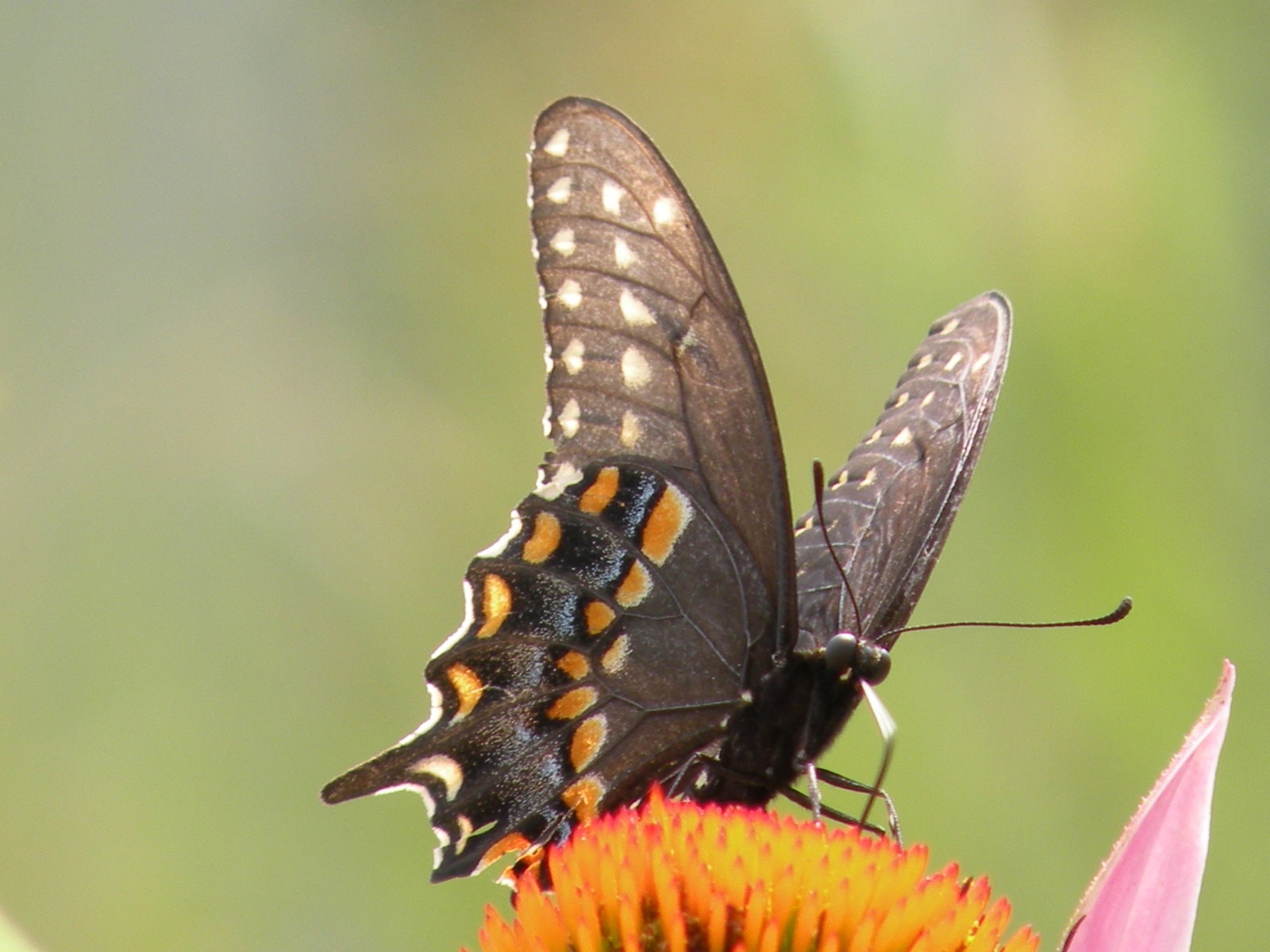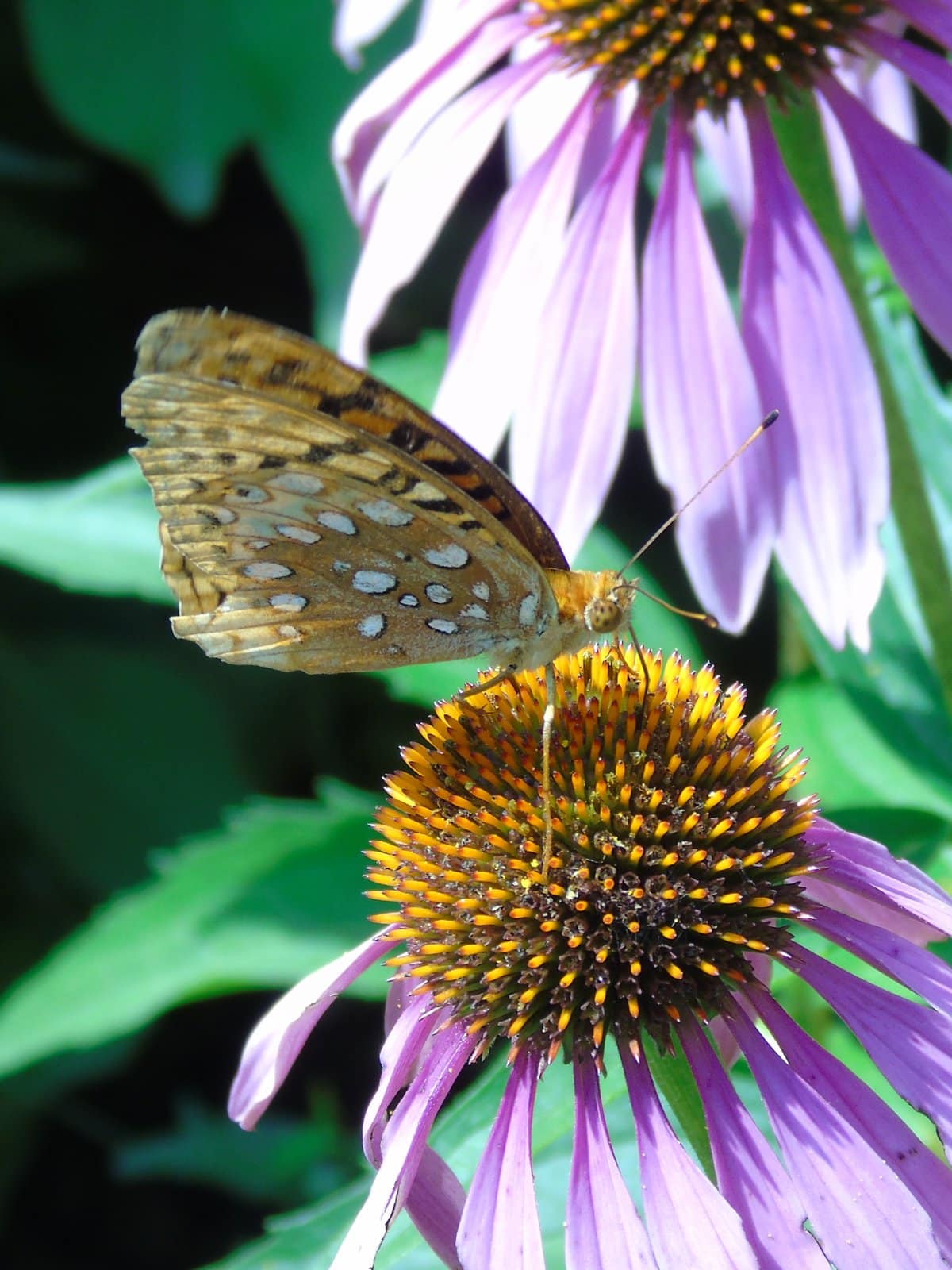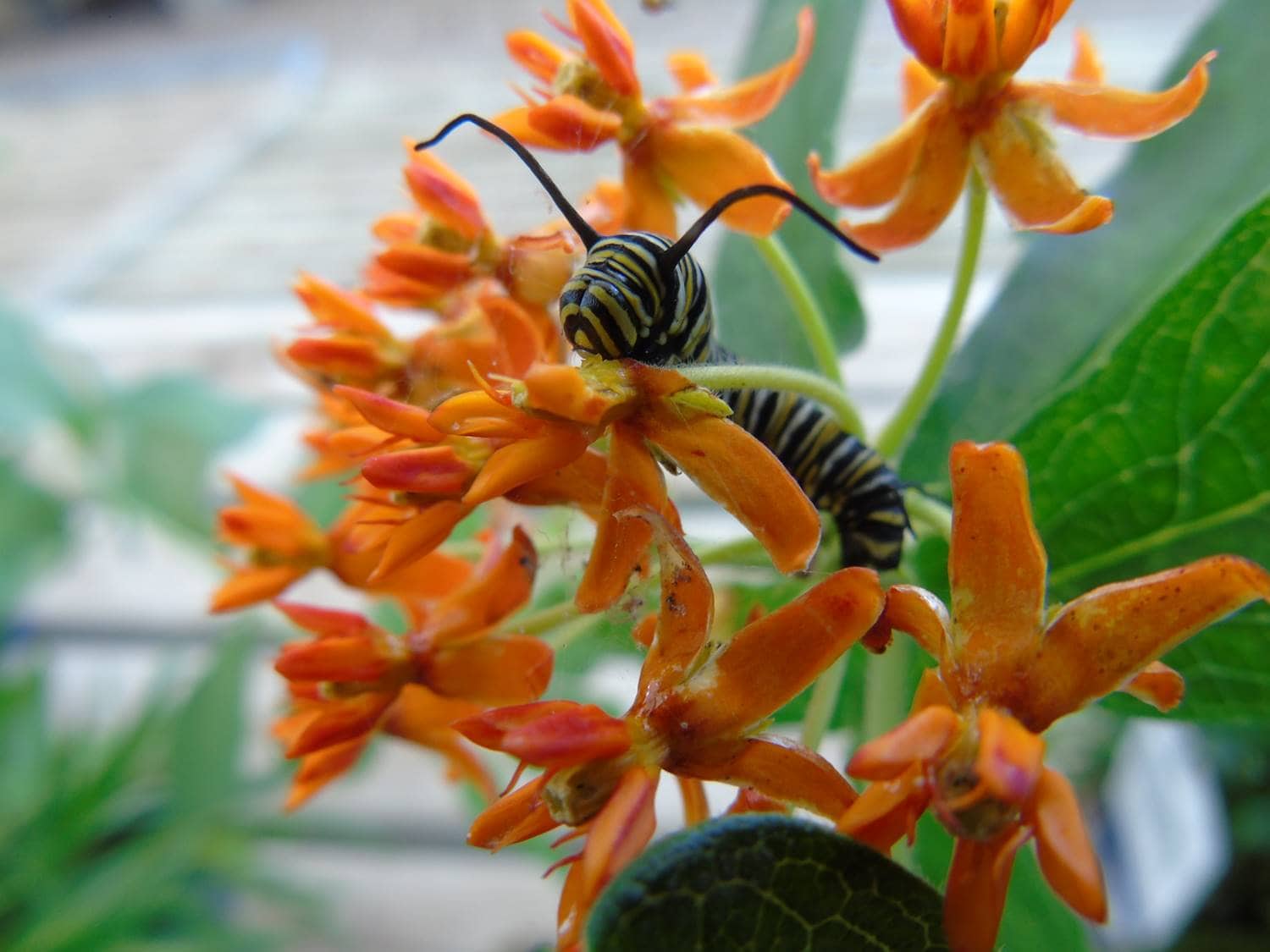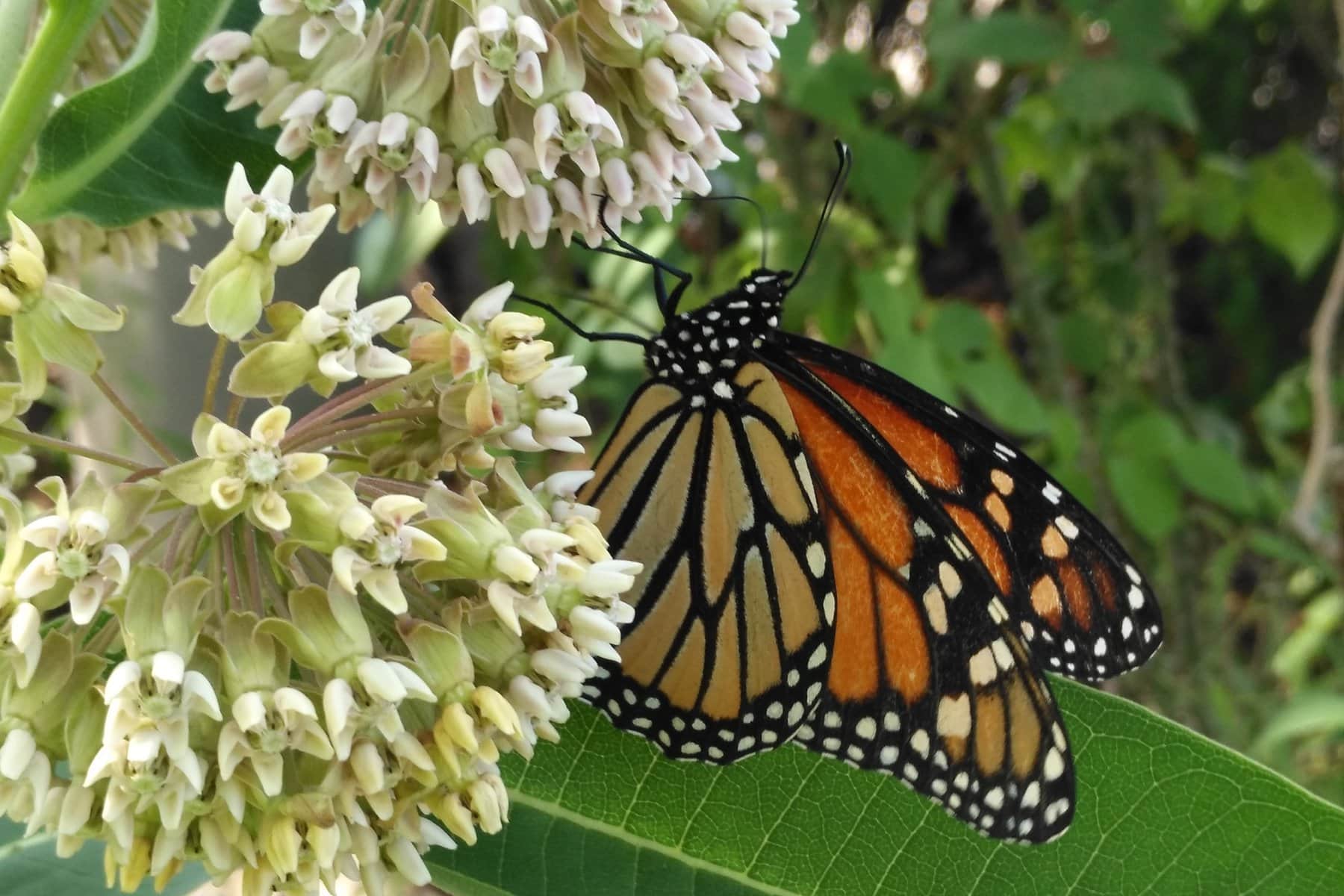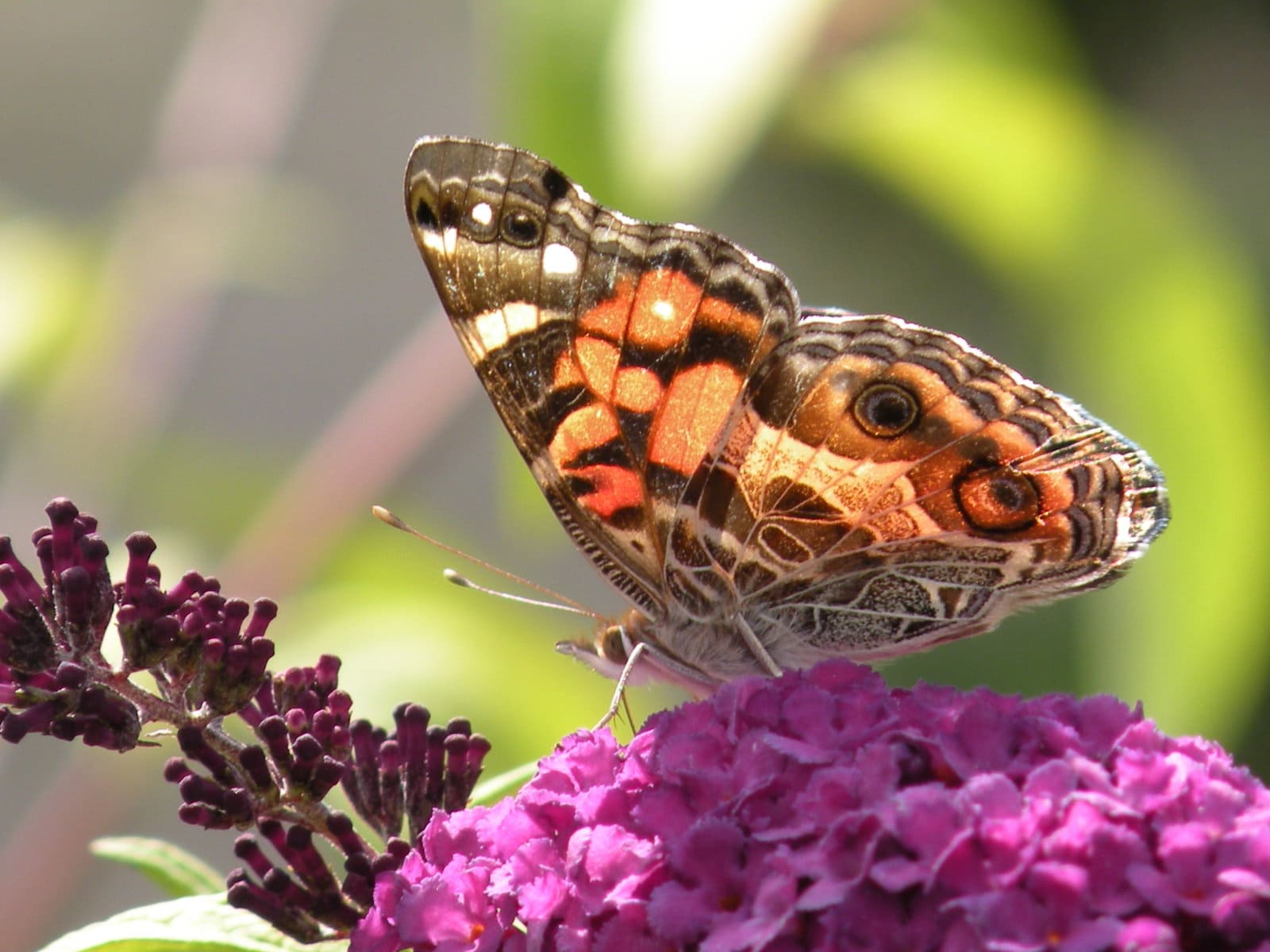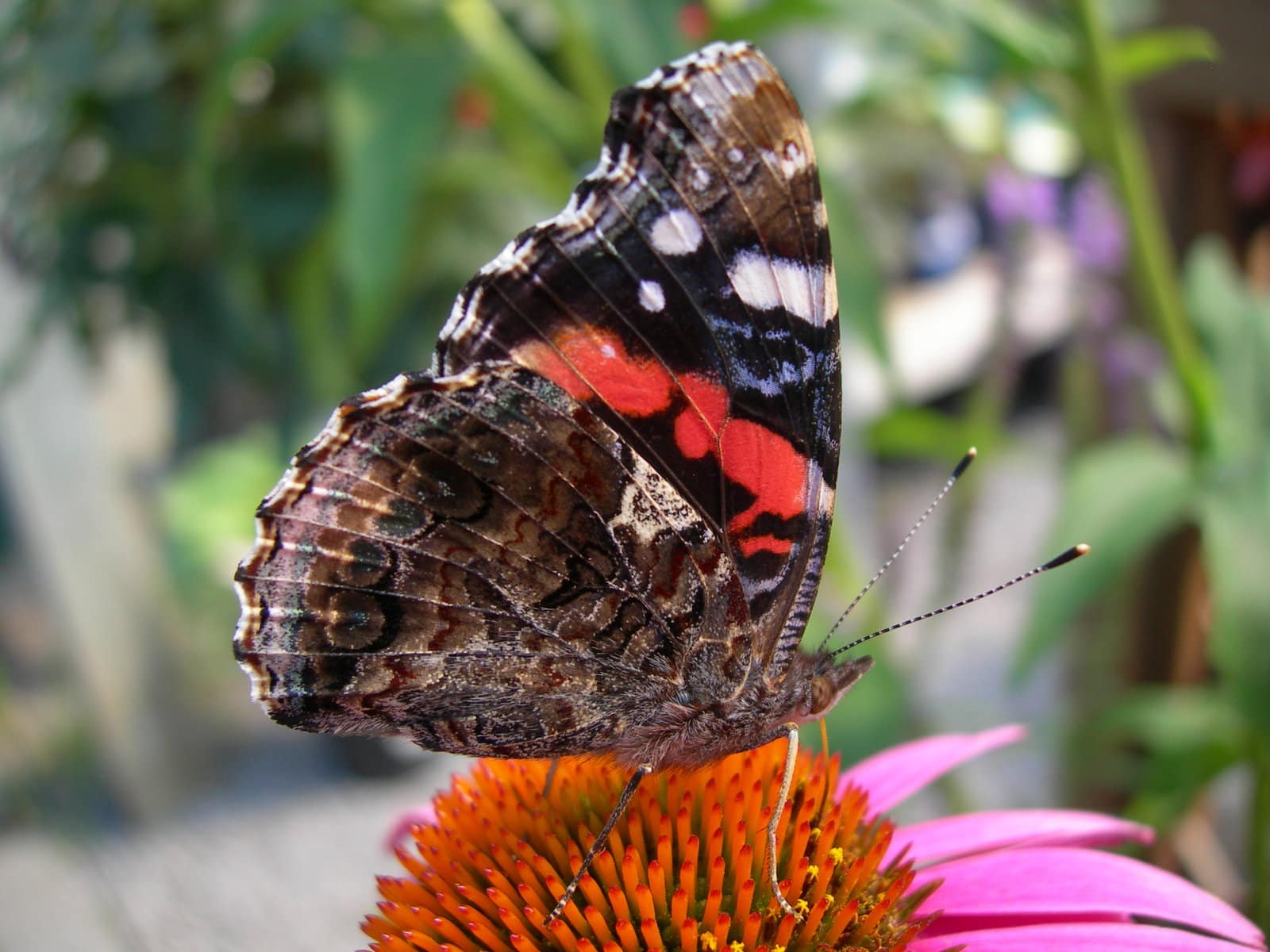Brightly coloured butterflies are always a welcomed addition to anyone’s garden, not only because of their beauty but also because of their usefulness in pollinating flowers.
Who doesn’t want to sit out in their gardens and enjoy watching a butterfly flitting around from flower to flower?
There are many plants that you can be adding to your garden to help attract butterflies.
As well as just attracting butterflies for your own enjoyment, it is vitally important to incorporate plants that serve the needs of all life stages of the butterfly – plants that will help sustain the population of butterflies.
The insects need places to lay eggs, food plants for their larvae (caterpillars), places to form chrysalides and nectar sources for adults.
We warmly welcome any butterfly into our garden but react negatively to any caterpillar that is eating up the leaves of our prized plants. You can’t have one without the other.
What’s that old saying? “In order to see a butterfly you have to tolerate some caterpillars.” Or something like that.
Here are some butterfly garden necessities:
Plant native flowering plants – Because many butterflies and native flowering plants have co-evolved over time and depend on each other for survival and reproduction, it is particularly important to install native flowering plants local to your geographic area.
Native plants provide butterflies with the nectar needed as adults and the foliage they need as caterpillars.
Plant type and colour are important – Adult butterflies are attracted to red, yellow, orange, pink and purple blossoms that are flat-topped or clustered and have short flower tubes.
Plant good nectar sources in the sun – Your key butterfly nectar source plants should receive full sun from mid-morning to mid-afternoon. Butterfly adults generally feed only in the sun.
If the sun is limited in your landscape, try adding butterfly nectar sources to the vegetable garden.
Plant for continuous bloom – Butterflies need nectar throughout the adult phase of their life span. Try to plant so that when one plant stops blooming, another begins.
Say no to insecticides – Insecticides are marketed to kill insects. Don’t use these materials in or near the butterfly garden or even better, anywhere on your property.
If an insecticide is necessary, just target the problem area and not use it as a general spray for the entire garden.
Feed butterfly caterpillars – If you don’t “grow” caterpillars, there will be no adults. Bringing caterpillar foods into your garden can greatly increase your chances of attracting unusual and uncommon butterflies while giving you yet another reason to plant an increasing variety of native plants.
In many cases, caterpillars of a species feed on only a very limited variety of plants. We are familiar with the fact that monarchs use milkweed as their host plant, so two native plants that we can be putting in our gardens are swamp milkweed (Asclepias incarnata) and butterfly weed (Asclepias tuberosa).
The painted lady butterfly uses pearly everlasting, mallow, asters and legumes as its host plant. The giant swallowtail butterfly’s host plants include willows, cottonwood trees and chokecherry.
Shasta daisies are the larval host to painted lady butterflies, mourning cloaks and red admiral butterflies. Even oak trees are a larval host to many types of butterflies.
Provide a place for butterflies to rest – Butterflies need sun for orientation and to warm their wings for flight. Place flat stones in your garden to provide space for butterflies to rest and bask in the sun.
Give them a place for puddling – Butterflies often congregate on wet sand and mud to partake in “puddling,” drinking water and extracting minerals from damp puddles.
Place coarse sand in a shallow pan and then insert the pan in the soil of your habitat. Make sure to keep the sand moist.
Some of the plants that will attract butterflies into your garden to increase pollination are yarrow (achillea), agastache (anise hyssop), butterfly weed (asclepias), asters, baptista, buddleia (butterfly bush), chelone (turtlehead), echinacea (coneflower), blanket flower (gaillardia), false sunflower (heliopsis), sneezeweed (helenium), bee balm (monarda), summer phlox, black-eyed Susans (rudbeckia) and stonecrop (sedum).
There are also many more to choose from.
Let’s all do our part to keep our butterfly populations healthy and strong.
Joanne Young is a Niagara-on-the-Lake garden expert and coach. See her website at joanneyoung.ca



